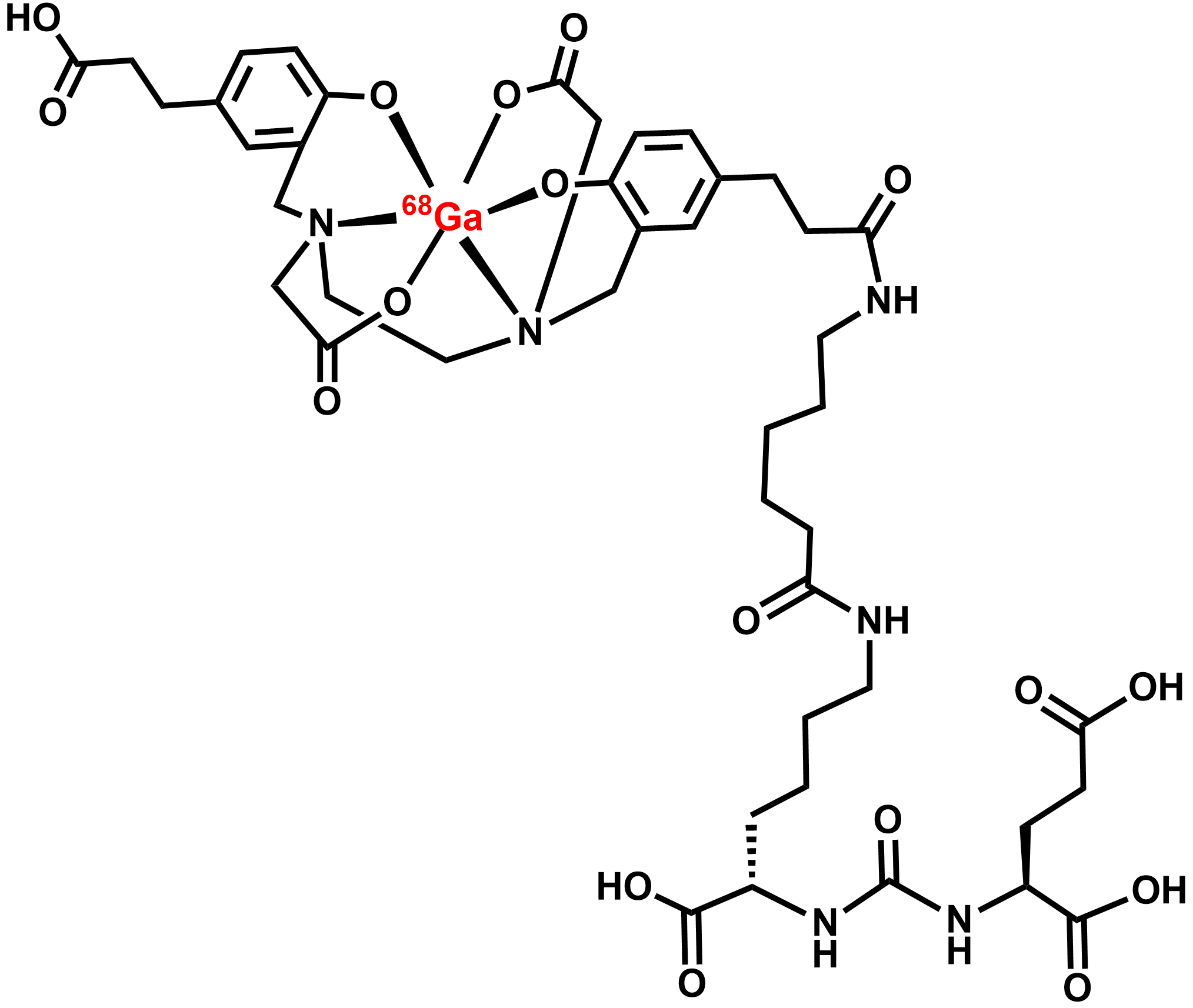
In a recent study, researchers determined the accuracy of locoregional staging and intraprostatic tumor detection using 68Ga-PSMA PET/CT and multiparametric prostate MRI (mp-MRI). The study group included 49 prostate cancer patients who had previously received mp-MRI and PSMA before radical prostatectomy. In the study population, the following retrospective assessments were taken:
- Extraprostatic extension (EPE)
- Seminal vesicle invasion (SVI)
- Lymph node invasion (LNI)
- Bladder neck invasion (BNI)
- Preoperative and postoperative PSA
- Transrectal ultrasound-guided prostate biopsy (TRUS-Bx) ISUP grade
- Radical prostatectomy ISUP grade
- Body mass index (BMI)
- TRUS prostate volume
- Mp-MRI tumor mapping
- PSMA tumor mapping
- Pathologic tumor mapping
The index tumor was found by a uroradiologist, a uropathologist, and a nuclear medicine expert on a 12-sector prostate pathology map. Their locoregional clinical staging and accuracy were compared with one another.
Results showed that 362 out of 588 sectors, 175 out of 362 sectors from PSMA, and 174 out of 362 sectors in the mp-MRI were tumor-positive. PSA and mp-MRI were observed to be both be able to identify the tumor’s site reliably, and both were equivalent in their findings in terms of SVI and BNI.
Mp-MRI was more accurate than PSMA in regard to EPE. PSMA and mp-MRI were once again equivalent in their findings for LNI.
When considering nerve-sparing surgery in high-risk patients, mp-MRI should be considered first due to its higher accuracy in detecting EPE. PSMA is also more effective in detecting LNI. Both PSMA and mp-MRI were found to be accurate in their localization of the intraprostatic index tumor.
Reference







 © 2025 Mashup Media, LLC, a Formedics Property. All Rights Reserved.
© 2025 Mashup Media, LLC, a Formedics Property. All Rights Reserved.